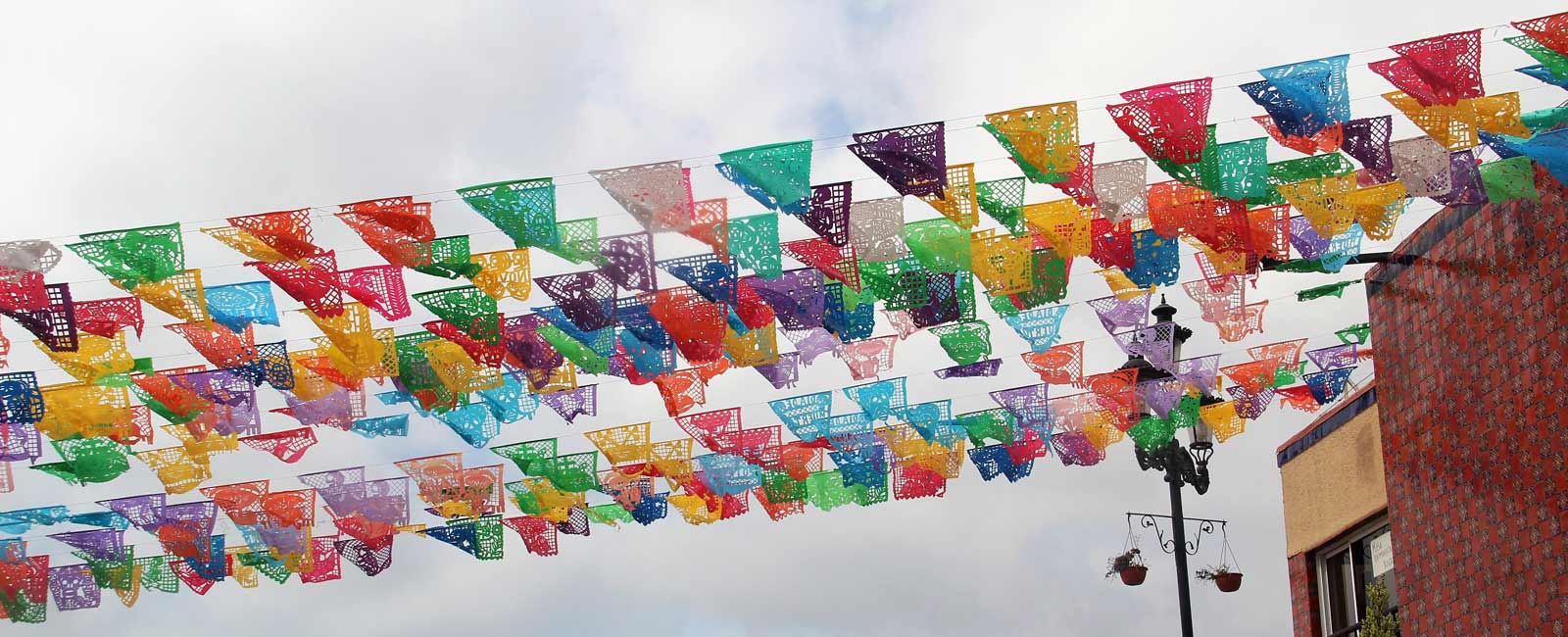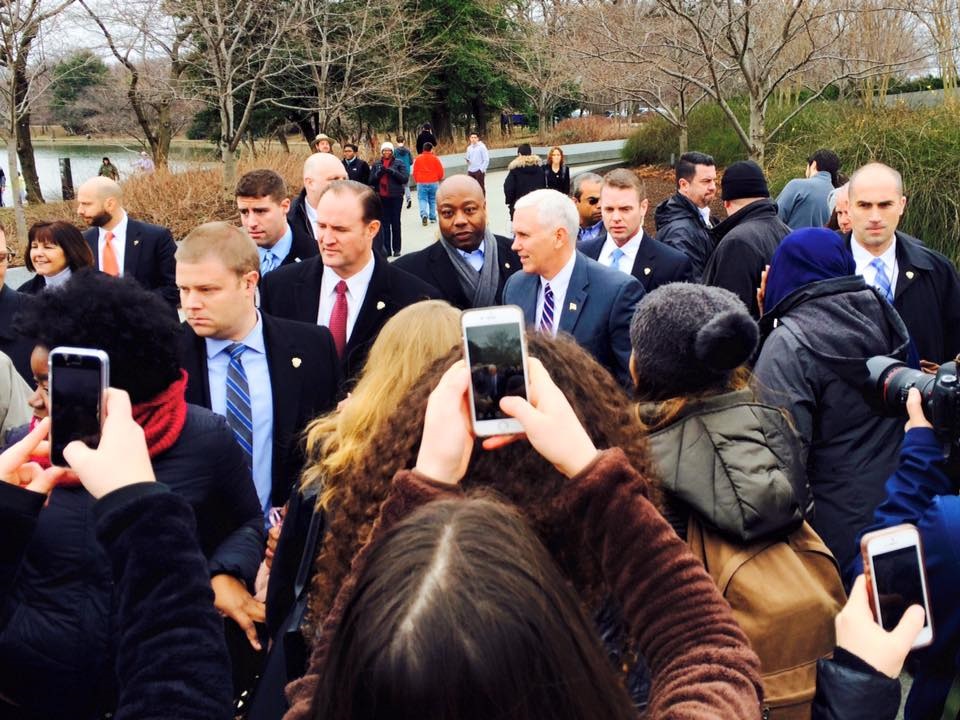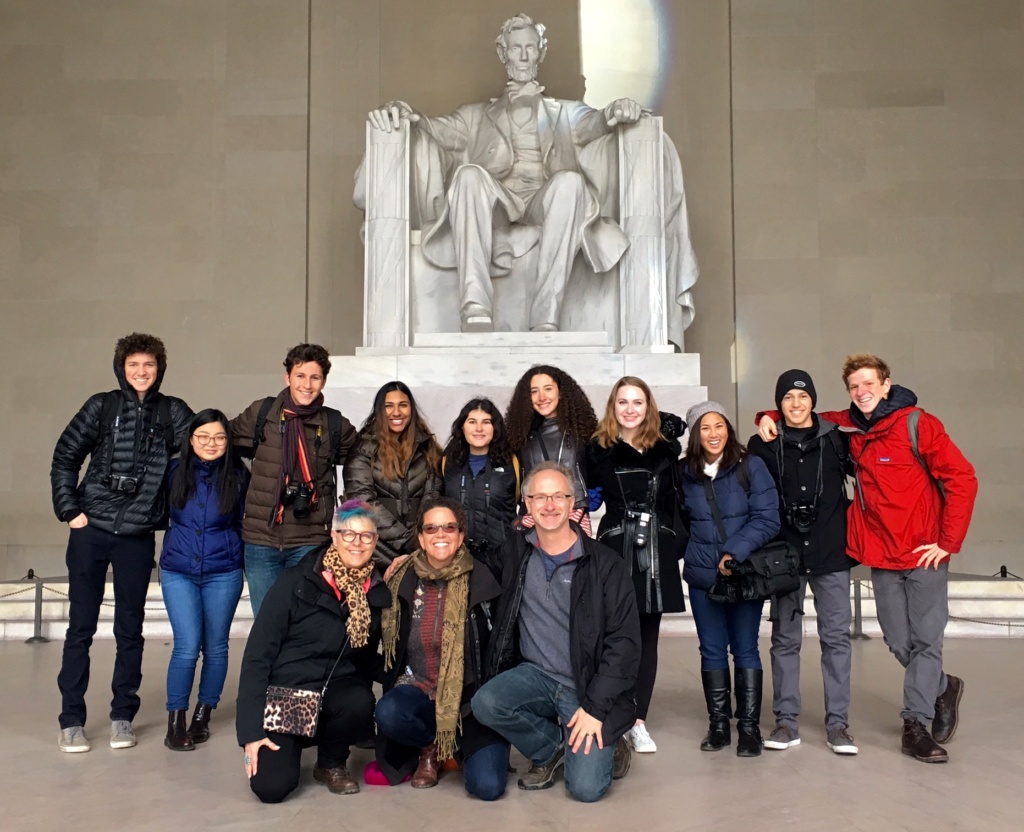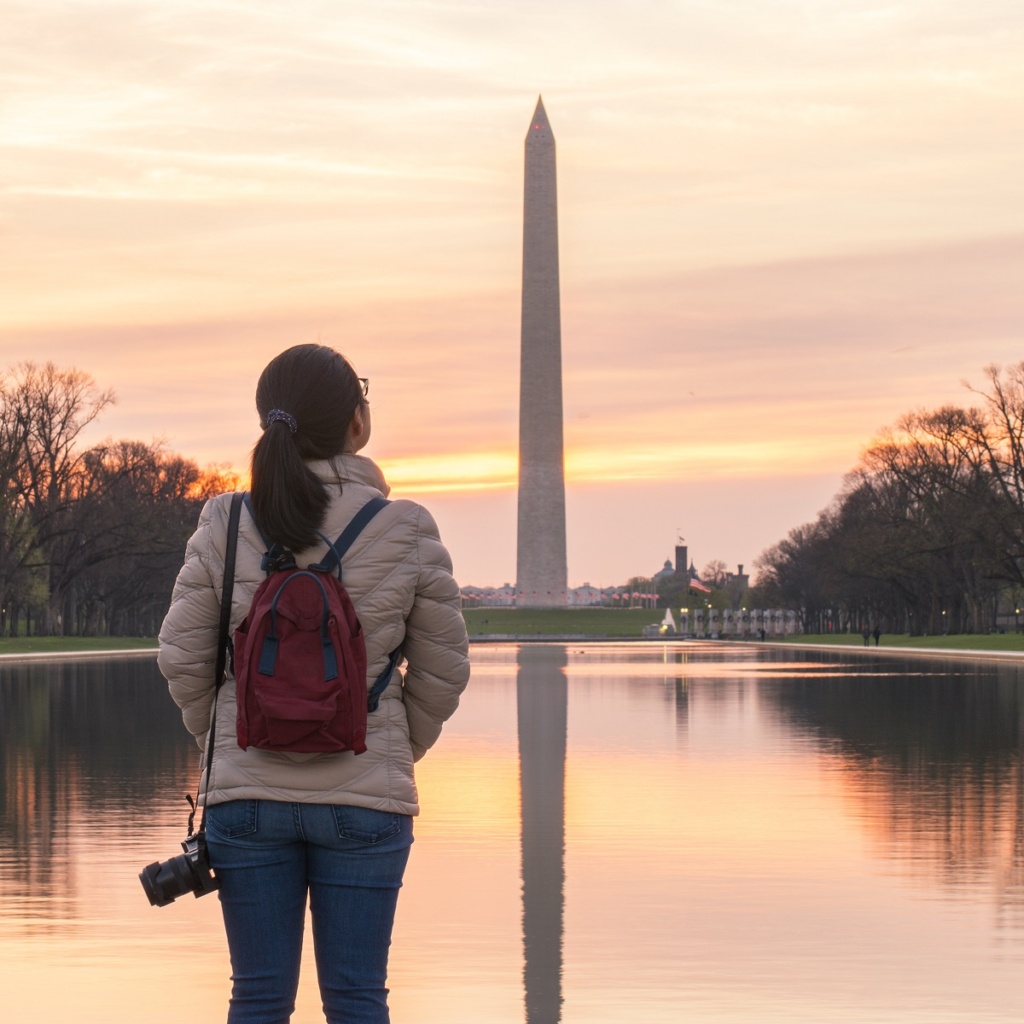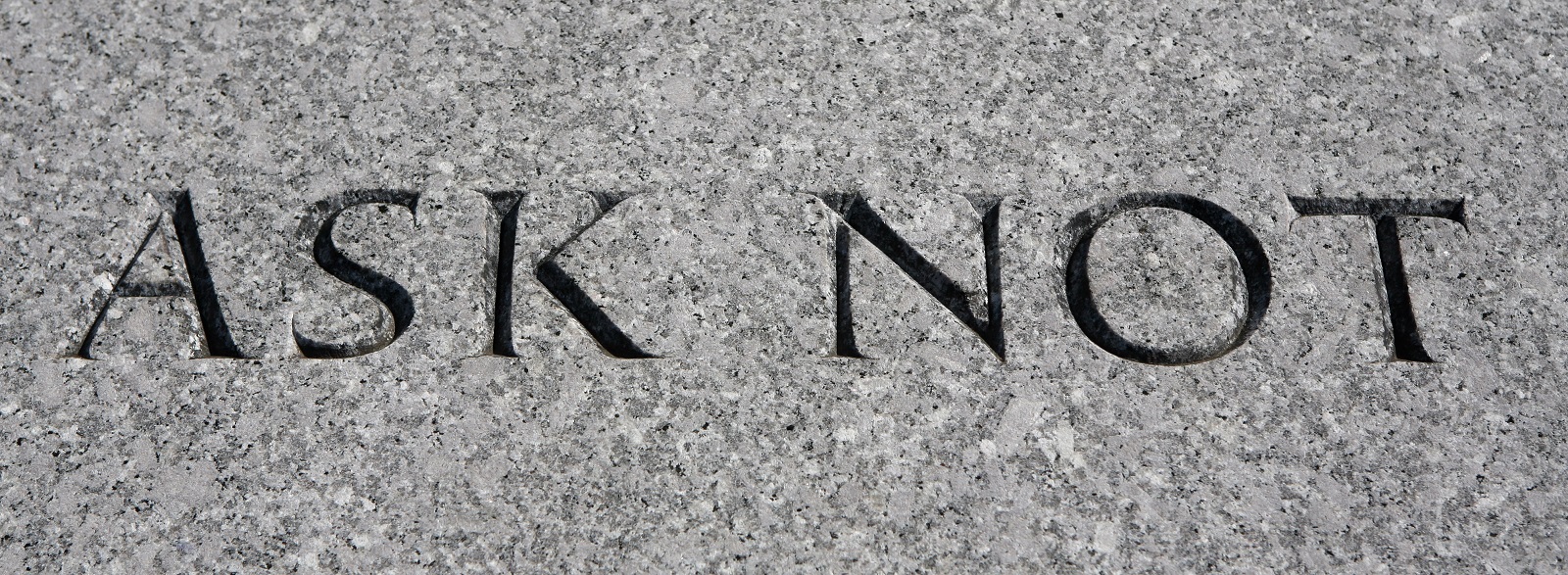
Witness History
It’s been called the most important 26 seconds of film in history: home movie footage captured in Dallas, Texas on November 22, 1963 by a Ukrainian-born dressmaker, Abraham Zapruder. The only film of President Kennedy’s assassination, shot by a civilian spectator, endures as visual evidence. Today, the digital revolution has democratized civilian testimonial power. Like Zapruder, our students are amateur independent journalists, their mobile phones a civic tool to chronicle the times. What incredible moment in this era could your students document? How might it change lives?
Our work as educators is to guide students towards harnessing their natural instinct to understand the complexities of life in preparation for the future.
As a history teacher, I endeavor to achieve this goal by making the past relevant to the Now. I also try to make my students care about writing. The ability to credibly represent ideas, oneself and the observable world is a critical skill. Seeing students struggle with both reading comprehension and the craft of analytical writing, gives me pause: what happens if we approach the skills development for accurate documentation differently? Maybe my students will become highly motivated to write after they capture and represent the human condition first through digital storytelling?
No matter the discipline, young people draw engagement inspiration from their own experiences. Personal stories are the hook. Learning about World War II may sound dull and depressing, until students meet a Jewish refugee and listen deeply to a portrait of courage. The Vietnam War may seem remote and irrelevant until students read Viet Thanh Ngyuen’s The Sympathizer, Tim O’ Brien’s The Things They Carried or Le Ly Hayslip’s When Heaven and Earth Changed Places. An educational field trip to the markets in “Little Saigon” gives curiosity a sensory stimulus; temperature, smell, sound.
Bearing witness opens the heart. It captivates and enlivens student interest to harness each moment, dig deeper, and authentically inquire. What was the Domino Theory? Why was Communism so scary? Why was U.S. immigration law favorable to Vietnamese seeking asylum in 1975, but not to Latin Americans fleeing violence today?
The Zapruder film is a stunning example of spontaneous storytelling that starts a national conversation. Showing up with a camera is a powerful act in our democracy. A willingness to peaceable assemble, listen, challenge, reflect and discuss teaches American civics far better than any primary document. I’m excited to witness history, travel for free with my students to the 2021 Presidential Inauguration in Washington, D.C. We will bring our documentary technology, try to take it all in, own the moment, tell stories about change: what we captured and what we may have lost.
Alethea Tyner Paradis
Social Sciences Division,
Santa Barbara City College
Want Free Travel with Your Students?
Service-Learning through telling stories? Students learn to create compelling content using their smart phones in just three travel days. Our Digital Storytelling trips are led by media instructors with guided curriculum for project-based service-learning in the field. Want to learn more about our Digital Storytelling program? CONTACT US
